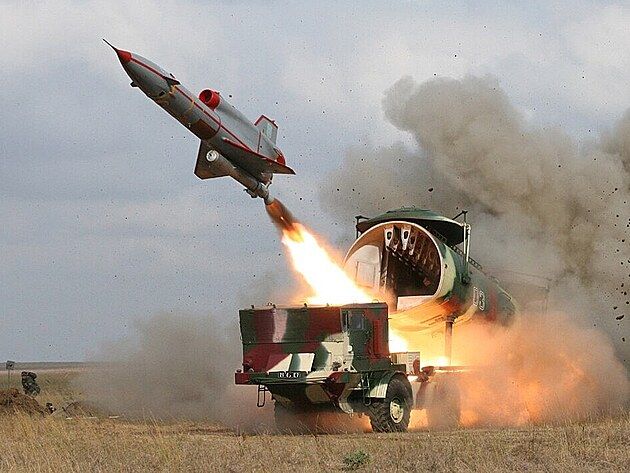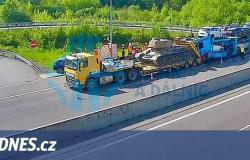First, the term drone. The latter has been used since the early days of aviation for machines without a pilot on board. He gradually became familiar with many languages, including Czech. Today, official materials use the designation of unmanned (combat) aircraft U(C)AV, Unmanned (Combat) Aerial Vehicles, in Russian terminology BPLA (Bezpilotnyj letatělnyj apparat). The history of drones is practically as old as the history of manned aircraft. The first attempts were made with free balloons already in 1849 during the bombing of Venice.
Inventions of key elements
If a drone (civilian, reconnaissance and combat) is to be effective, it must be controllable. The key elements that made the construction of such machines possible were the invention of radio control by Nikola Tesla in November 1898 and the invention of the gyroscopic platform and later the autopilot by Elmer Sperry between 1909 and 1914. Thanks to this, drones could be guided by an operator who was in sight or could fly in advance set route.
Another dramatic shift was the mediation of online image transmission, which saw the invention of television in the 1920s and video in the early 1960s. An important piece of the puzzle was the launch of the GPS system in 1976 and high-speed data transmissions in the 1990s, which would not have been possible without the development of aerospace since 1957. These inventions made it possible to deploy drones anywhere in the world, with an operator sitting in a control center thousands of kilometers away.
The first mass-produced drones served primarily as flying targets for ground and ship-based anti-aircraft artillery training. The American Interstate TDR, the German Fi-103 air-to-air missiles, and the American Anvil and Aphrodite projects can be considered the first combat drones.
Interstate TDR at the National Maritime Museum
Anti-submarine Gyrodyne QH50D DASH with a pair of homing torpedoes
The real development of combat drones did not occur until after World War II. In Korea, the Americans used decommissioned F6F Hellcat fighters with remote control to attack ground targets. They responded to the growing number of Soviet submarines in the 1960s with the QH-50 DASH unmanned helicopter. Otherwise, most drones were used for reconnaissance, as decoy targets or, as in the interwar period, for training air defense personnel. Among the most widespread were the American Ryan Teledyne Firebee (over 7,000 units), the Soviet Tu-143 Reis (less than 1,000 units) and the Canadian-British-German CL-(2)89 (around 250 units).

Takeoff of the Tu-143 Rejs, which ČSLA also had in its arsenal.

Launch CL-289 from a truck
Notable milestones include the deployment of Israeli drones to overwhelm Egyptian air defenses during the Yom Kippur War in 1973, followed by Operation Mole Cricket 19, the saturation of Syrian air defenses at the start of the war in 1982. Another milestone was Operation Desert Storm, the largest drone deployment since the war in Vietnam. In addition to performing a variety of other tasks, the Pioneer UAVs were used to control the fire of the battleships USS Wisconsin (BB-64) and USS Iowa (BB-61). Iraqi soldiers learned very quickly that the seemingly innocuous growl of a Sachs motorcycle twin is usually a harbinger that a tornado of 406mm shells will soon plow through the area. The experience of this war led to the acceleration of the development of drones, practically all over the world.









